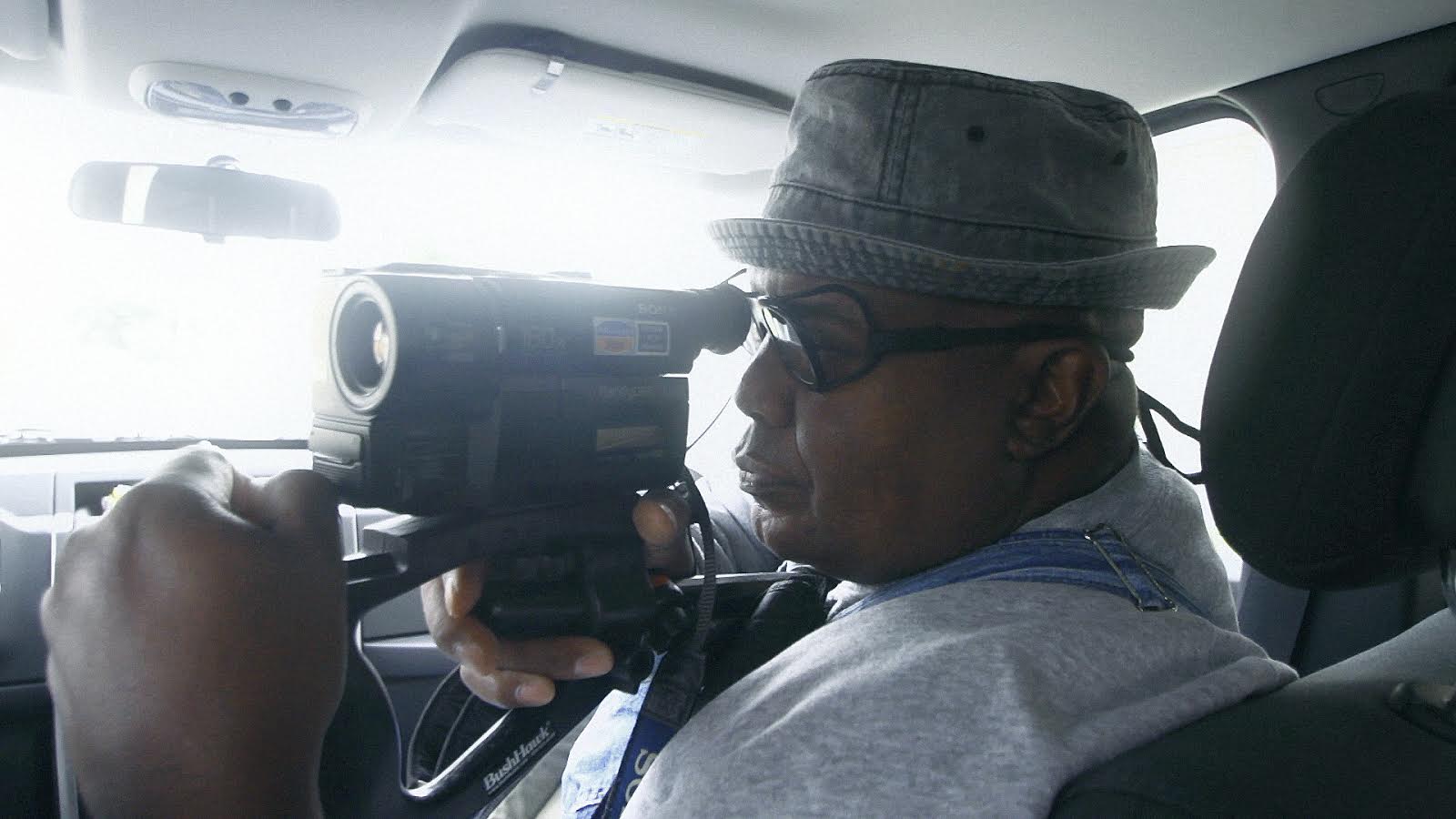
UPDATE: Street Fighting Men is an official selection in the 2018 Big Sky Documentary Film Festival (Feb. 16-25), which will take place in Missoula, Montana. The Utah Film Center also has slated screenings Feb. 1 in West Jordan, Feb. 21 in Ogden and Feb. 27 in Orem. In July 2020, the film is available on OVID and Vimeo on Demand and is expected to become available on many other streaming platforms. For more information, see the Street Fighting Men website.
A few years ago, Forbes magazine tagged Detroit and Flint, Michigan as two of the nation’s fastest dying cities. In the tailwinds of bankruptcy and the scandalous fall of (former mayor) Kwame Kilpatrick, many pundits, journalists and filmmakers have caricatured Detroit as a hopeless urban cause.
But, Herb Boyd, a veteran journalist and activist who grew up in Detroit, introduces his new book Black Detroit: A People’s History of Self-Determination (HarperCollins Publishers, 2017) by describing how 300 years of the city’s history prove Black Detroiters will never settle for defeat. “Throughout the history of Detroit, no matter the political strife, economic despair and racial oppression, the city’s black citizens have never lost sight of the prize, as they have been steadfast in their resolve and optimistic about the future,” he writes in the introduction.

The negative tailwinds inspired a string of films and documentaries that framed Detroit as the destination for ruin porn and urban dystopia. This summer’s release of Detroit (directed by Katherine Bigelow and written by Mark Boal, which coincides with the 50th anniversary of the city’s riots), is the latest example.
“Bigelow is adept at making the sharp crack of an officer’s gun against a black man’s face feel impactful but doesn’t understand the meaning of the emotional scars left behind or how they echo through American history,” Angelica Bastien writes in a review for RogerEbert.com. “‘Detroit’ is a hollow spectacle, displaying rank racism and countless deaths that has nothing to say about race, the justice system, police brutality, or the city that gives it its title.”
More than seven years ago, Andrew James, a young documentary filmmaker from Utah, began earnestly to cultivate a different cinematic gaze on Detroit – essentially a tale of two cities, one propelled by self-determination and the other vulnerable to perpetual defeatism. James had just completed Cleanflix with Joshua Ligairi, an excellent media studies documentary about Mormon entrepreneurs who broke copyright laws to market sanitized versions of Hollywood films to their brethren for profit.
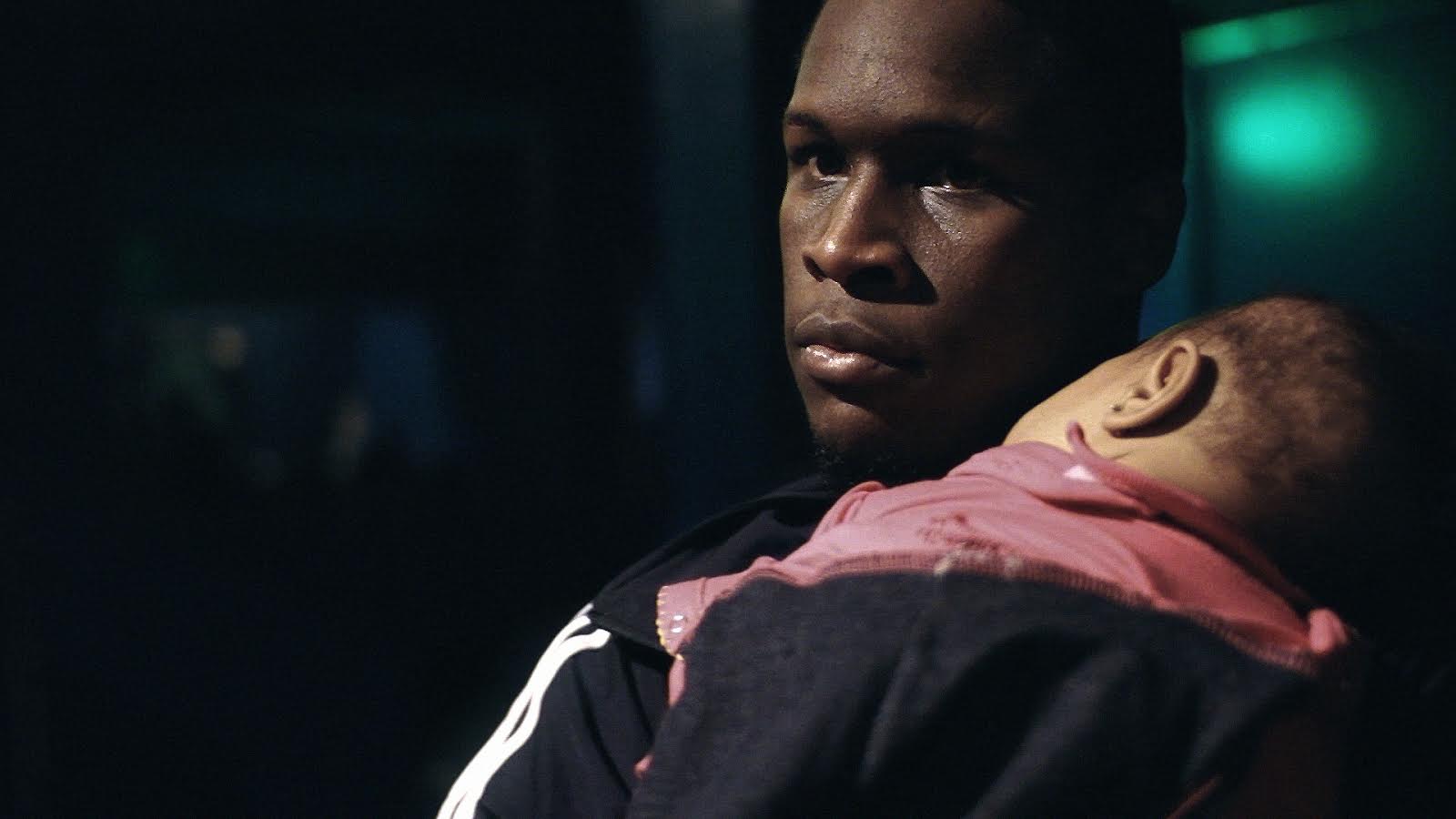
During his frequent trips to Michigan, he was drawn to Detroit and, more specifically, the story of Jefferson-Chalmers neighborhood. Located near the Detroit River, the neighborhood is on the National Register of Historic Places (last year, it became the first Michigan area to be designated as a United States National Treasure from the National Trust for Historic Preservation). But, criminals ranging from petty thieves and burglars to drug dealers and lifelong felons who do not hesitate to kill or maim another citizen plagued the neighborhood, taking advantage of the slow creep of abandoned homes and businesses as well as the closing of a local police precinct station.
A retired Detroit police officer (James ‘Jack Rabbit’ Jackson) in his sixties had become its “de facto leader … like an unofficial sheriff,” as described in a 2010 Metro Times feature by John Carlisle with the headline ‘Street Fightin’ Man.’” Jack Rabbit also has been included in several recent books about Detroit’s neighborhoods and the consequences of various crises that have plagued the city for decades.
As a white filmmaker, James also was sensitive to presenting the neighborhood’s story with dignity, integrity and respect that echoed its unique history, along with the emotional scars and pains that were manifest in this war for self-determination and preservation. As the young filmmaker explored Jack Rabbit’s story, he discovered other individuals who also were street fighters unwilling to settle for defeat even as they wondered just how much the battle was worth the effort: Luke Williams, a real estate investor in his forties who had lost everything in the Great Recession of 2008, and Deris Solomon, a young single father in his twenties struggling to get back on track with his education so he could be involved in his daughter’s life.
Making the most consequential decision of the project, James and his wife, Jolyn Schleiffarth, realized that full justice in telling their stories could only be accomplished by leaving their Utah home to live in Detroit for more than a year.

The creative return on that investment is more than ample, incisive and enlightening in Street Fighting Men, the best documentary in recent years about Detroit’s crises that satisfies the expectations of telling an authentic story where the forces of self-determination and defeatism are battling for a neighborhood’s soul and legacy.
James, normally an intense individual of social conscience and political conviction, steps back wisely to let the three men take front and center of the cinematic stage. The candor of Jack Rabbit, Luke and Deris is omnipresent. This is documentary filmmaking with highly effective nuanced creative choices, especially for how James composes his cinematic counterpoint in each man’s story. At first appearance, each story is discrete and not particularly connected but then as he weaves the three narratives especially in the latter half of the film, the resiliency of self-determination pitted against the vulnerabilities of pervasive defeatism clearly becomes the unifying dynamic. It should be noted that this convergence occurs naturally and not by deliberative script design on James’ part.
Luke and Deris embody the street fighting man persona in the same spirit as Carlisle had profiled Jack Rabbit in the local article that inspired James to make the film.
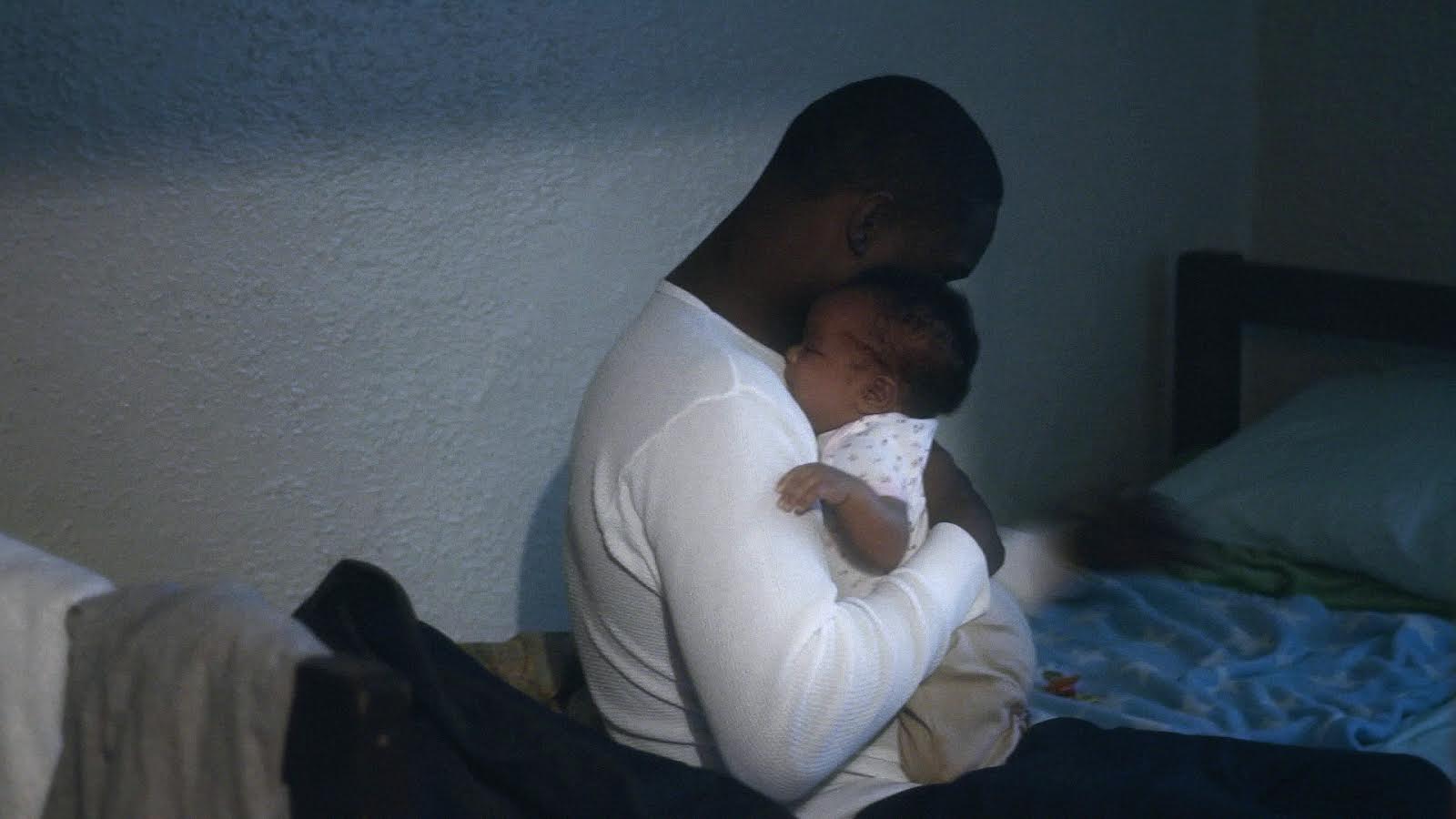
For anyone familiar with Detroit, Street Fighting Men captures the city’s natural vibes in proper form. The cinematography, for example, conveys the seasons familiar to Detroiters – from the muggy days and thunderstorms of summer to the wind-whipped chill of slushy streets in the winter. The film’s soundtrack feature original music by Shigeto (Zachary Shigeto Saginaw), an electronic musician originally from Ann Arbor who now lives in Detroit. Shigeto’s score is a phenomenal organic accompaniment, especially in its darker tonal textures, that undergirds James’ unique approach in letting the voices and experiences of the three principals come through naturally.
He presents Jack Rabbit as the fully dedicated community organizer, who carries a light firearm, a phone, camera and a small notepad while he acts as the neighborhood’s 24/7 watchman. He knows the families and children of Jefferson-Chalmers, who patronized his ice cream truck. He runs a towing and snow removal service, just another step in trying to keep the neighborhood as safe and orderly as possible. He collaborates with Malik Shabazz, the minister who founded the Detroit 300 volunteer crime-fighting group that never shies away from intimidating criminals or from reclaiming dilapidated structures that housed drug dens.
Jack Rabbit is generally soft-spoken but his resolve also is never ambivalent or wavering. He is stoic, even despite being taunted by young people when he drives by a corner carryout store or when he listens to a neighborhood resident rationalizing the presence of drug dealers in a neighborhood perpetually shortchanged by economic circumstances.

The single key display of Jack Rabbit’s emotion comes late in the film, when he wipes his eyes during a minister’s stem-winding sermon. It is a passionate delivery proclaiming defeatism will never be sustained when one believes in doing the right thing and knows that change comes from embracing the spiritual power of self-determination.
But, violence is the film’s stubborn antagonist. The tension of violence’s persistence underscores every scene. James captures it effectively without ever showing violence being committed, save for the occasional sounds of bullets popping off in the distance. However, its consequences are shown in many instances. The audience hears details of a gruesome attack involving two young men who are tortured, tied up and shot execution-style and left for dead. One survives and identifies his attackers, who happen to be a trio of young men Jack Rabbit knew when they were kids buying ice cream from his truck. It is one of Jack Rabbit’s most distressed moments. Later, he joins members of the Detroit 300 to take over a crack house connected to the crimes.
The evidence of violence can be vicious enough to disarm one’s resolve. Deris is a street fighter who traverses the borders between self-determination and defeatism, often in the narrowest of margins. The birth of his daughter has jolted him into a reality far from his recent existence of living on the streets selling drugs, stealing and shooting dice. James follows him through the Young Detroit Builders, a nonprofit that thrived earlier in the decade under the charismatic, plainspoken leadership of Rowland Watkins, who never minces his words with Deris. The organization helped steer high school dropouts back toward the educational path.
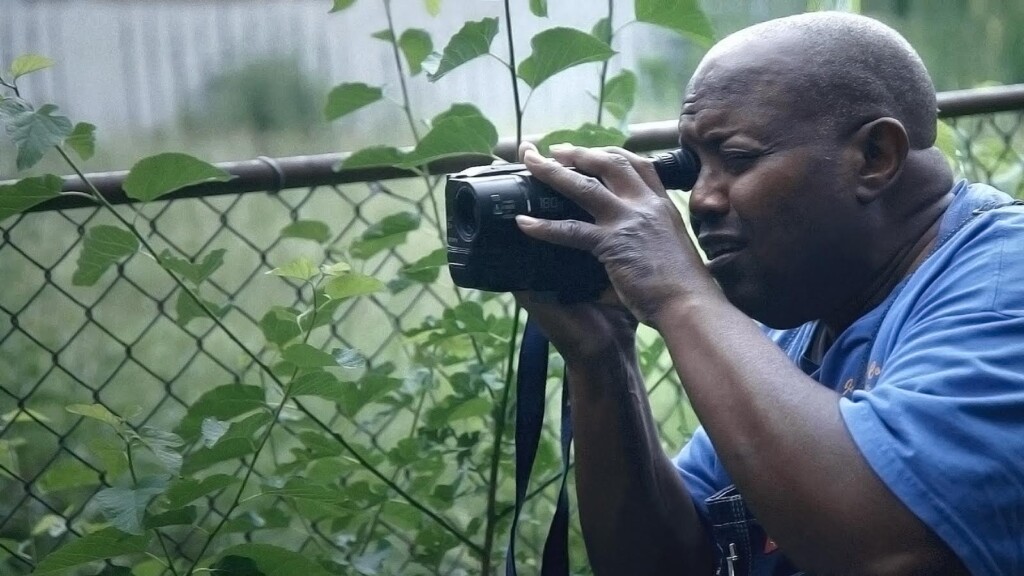
Deris is making significant progress both in his classes and in his responsibilities to care for his infant daughter, which he shares with Deisha, the mother of his child. He ignores repeated cell phone calls and messages from his friends. However, Watkins also worries how Deris is easily distracted, notably when he starts dating one of his classmates, who has three kids. Unfortunately, Deris is overwhelmed and not emotionally mature enough to deal with the confrontation involving his ex-girlfriend and his current girlfriend and the children in the middle.
Deris becomes impatient and frustrated. Watkins knows that far too many young men are looking for quick fixes, who believe that success is measured by their capacity as consumers rather than by an educational foundation. Deris steps away from the program and ignores the calls urging him to return to Young Detroit Builders.
One of James’ most beautifully constructed scenes of counterpoint occurs after the news that Watkins was killed in an auto accident on an ice-slick patch of highway. Despite their intense grief, the surviving members of the organization pledge to persevere in Watkins’ memory. The next scene shows Deris nesting under his bed covers, ignoring yet another plea to return to the program. He and Deisha are barely surviving in a near-barren apartment with no electricity and they are eating food culled from convenience stores.
His closest brush with violence comes after four young men jumped him in retaliation for a car deal gone bad. Deris’ face is significantly swollen from the beating and the audience sees the car which is damaged beyond operable condition. Afterward, he moves to his mother’s home, but ends up in jail on an outstanding warrant. The film leaves Deris’ predicament open ended. If indeed what he has told his mother is true, he is pointed once again toward the path of a street fighting man who instinctively knows the positive value of self-determination. The question is who will help him whenever the temptation to return to the streets arises.
With Luke, James amplifies the Street Fighting Men theme in some of the film’s most emotionally stirring moments. One of the millions of educated and skilled individuals who had no safety net to fall back on after the Great Recession, Luke is renovating an abandoned house that he purchased for just $1,500. Luke approached James early in the production phase about including his story.

With his dog, Irie, Luke stays in the house, a true ascetic existence — eating food directly from cans and sleeping on a mattress in the attic. Luke saves every dollar from his job to rehabilitate the house and audience members can see the substantial progress he has made. Unlike Deris, who sees every dollar bill as a consumerist windfall opportunity, Luke is painstaking in budgeting every single dollar, hoping that at least he can spare $20 to see him through food and gas for his car. On a bitter wintry day, Luke spends five dollars just to pump a gallon and two-thirds of gas in his car (when gas was well above $3 a gallon).
Right before Christmas, Luke learns through a phone call from his mother that his house is burning. Fortunately, firefighters rescue his dog and the following scene is nearly heartbreaking when Luke finally has enough money to pick his dog up from the local Humane Society shelter. Once again, Luke has lost everything and he is embittered, thinking that the time has come for him to leave Detroit but after some gentle yet firm cajoling from his mother, he starts on a new renovation project and finds new work caring for an elderly man.
Watching Street Fighting Men reminds of Last Train Home, a 2009 documentary by Lixin Fan, which looks at a couple in China who left their baby daughter behind in a Sichuan provincial village to work at a garment factory in Guangzhou. Like 130 million other migrant workers in the country, the couple returns to the family only once a year during the spring festival and Fan followed the family for several years. The film focuses on the child, now a teenager, who resents her parents for being gone so much of the time and now desires her own independence. Told with a panoramic feel familiar in cinematic fiction, the family’s story epitomized the enormous price of family love and heritage sacrificed in the cause of China’s rapid economic maturation.
In Street Fighting Men, James leverages an equally successful effect in chronicling Detroit’s larger story through these three men and the Jefferson-Chalmers neighborhood. At the time of filming, Detroit’s bankruptcy was inevitable, a city deeply wounded by bad financial management exacerbated by the collapse of the credit markets in the Great Recession. The city’s police force of 5,000 had been reduced by at least 40 percent and the city had the dubious ranking as having the second highest number of homicides, according to FBI statistics. Even Jack Rabbit, a retired law enforcement official, could not obtain a quick response from his peers whenever a crime occurred in the neighborhood.
Street Fighting Men, which started in earnest with a successful Kickstarter campaign, has emerged as a standout among an expansive pool of Detroit documentaries. In the lengthy post-production phase, James participated in the 2013 Sundance Documentary Edit and Story Lab, was named one of eight Film Independent Documentary Lab Fellows, and a 2014 San Francisco Film Society Documentary Film Fund winner.
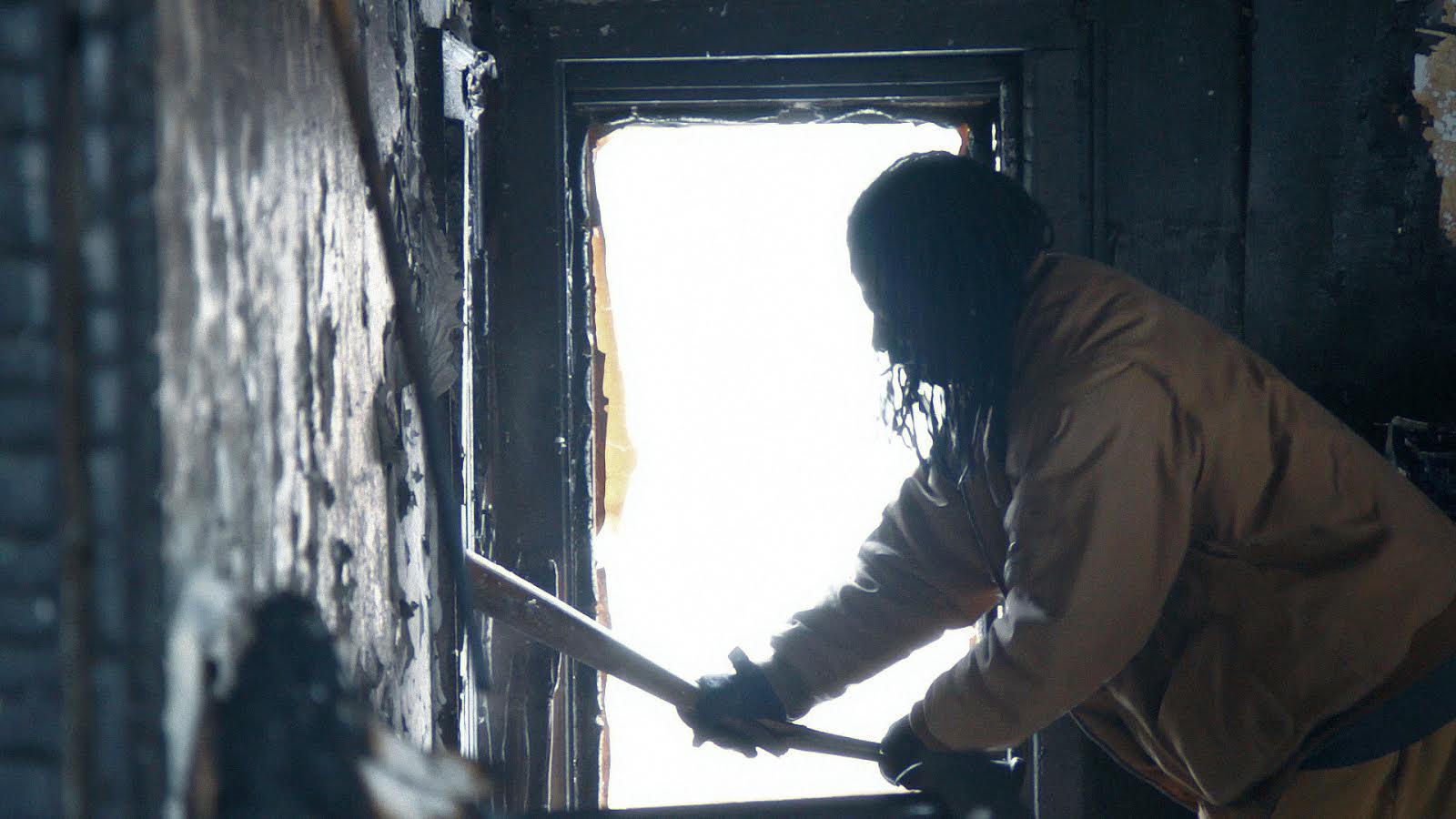
As the film has moved through a painstaking process of many revisions given how the three narratives unfold so naturally, the final cut arrives at an important moment, particularly as so many have focused anew on the Detroit riots from 1967. At the same time, so many people insist that Detroit will only be able to rise from its failures through the sort of gentrification that now dominates the downtown and immediate surrounding areas of the city.
Street Fighting Men is the appropriate film selection to supplement the thematic gist of Boyd’s extensive chronicle of Black Detroit history. The city’s black neighborhoods have never been obscure conclaves that deserve to be bulldozed or gentrified to the exclusion of the residents who built them and have struggled continuously for a modicum of stability in their urban existence.
As Boyd notes, many of Motown’s most successful artists were self-taught black residents of some of the city’s most chaotic and violent housing projects including Jeffries and Brewster-Douglass. In the late 1960s, assembly-line workers from black neighborhoods organized their own union movements, eventually establishing the League of Revolutionary Black Workers that would force the United Automobile Workers to confront and correct the racial injustices that had become routine in so many manufacturing plants.
Unlike many other Detroit documentaries, Street Fighting Men presents the stories of one of the city’s most representative historic neighborhoods in a plain, authentic frame that aggressively compels the city’s current wave of boosters and investors to deal honestly with the people’s history of self-determination and to deal conclusively with the consequences of imposed poverty and discrimination that have been wreaked on these communities.


Did your article overlook how this disgraced racist vigilante law breaking militant pulled a gun on an innocent, young single white female, as she was helping an elderly man she was employing for over a year elevate his quality of life, and your treasured subject then participated in an ABC 7 evening news bit defending his illegal actions, which, as a former officer of the peace should most certainly know better and exhibit more self control, unless of course he might suffer from some sort of dimensia… then your celebrated subject ignored numerous court orders and Aggrivatedly stalked this young single woman, whose only intention is to pump hundreds of thousands of dollars into Jefferson-Chalmers as she has deep family roots there, to provide a better quality of life and gainful employment in this neighborhood? Did your research include that this led your prized subject to be sporting a court ordered the ankle monitor for a year and a half for breaking multiple laws and being an absolute terrorist to a single white female investor in the area who is actually actively doing good works in this neighborhood to help turn things around for the better of everyone?… does your research include that???
In your through research into your film how did you manage to misconstrue a “neighborhood organizer that’s keeping a neighborhood safe” from that of the racist terrorist he actually is? Did you at all look into how this disgraced racist vigilante law breaking militant pulled a gun on an innocent, young single white female, (did you say something about social justice?? DEPLORABLE) as she was helping an elderly man she was employing for over a year elevate his quality of life, and your treasured subject then participated in an ABC 7 evening news bit defending his illegal actions, then ignored numerous court orders and Aggrivatedly stalked this young single woman, whose sole intention is to pump hundreds of thousands of dollars into Jefferson-Chalmers with deep family roots there, provide a better quality of life and gainful employment in this neighborhood? Which led to the court ordered ankle monitor he wears TO THIS DAY. YOU should ask him to show it to you!
IN DEFENSE OF TRUTH, HONESTY, TRANSPARENCY AND IN DEFENSE OF THE FIRST AMENDMENT, IF THIS COMMENT IS DELETED AGAIN YOU WILL BE HEARING FROM MY LAWYER.